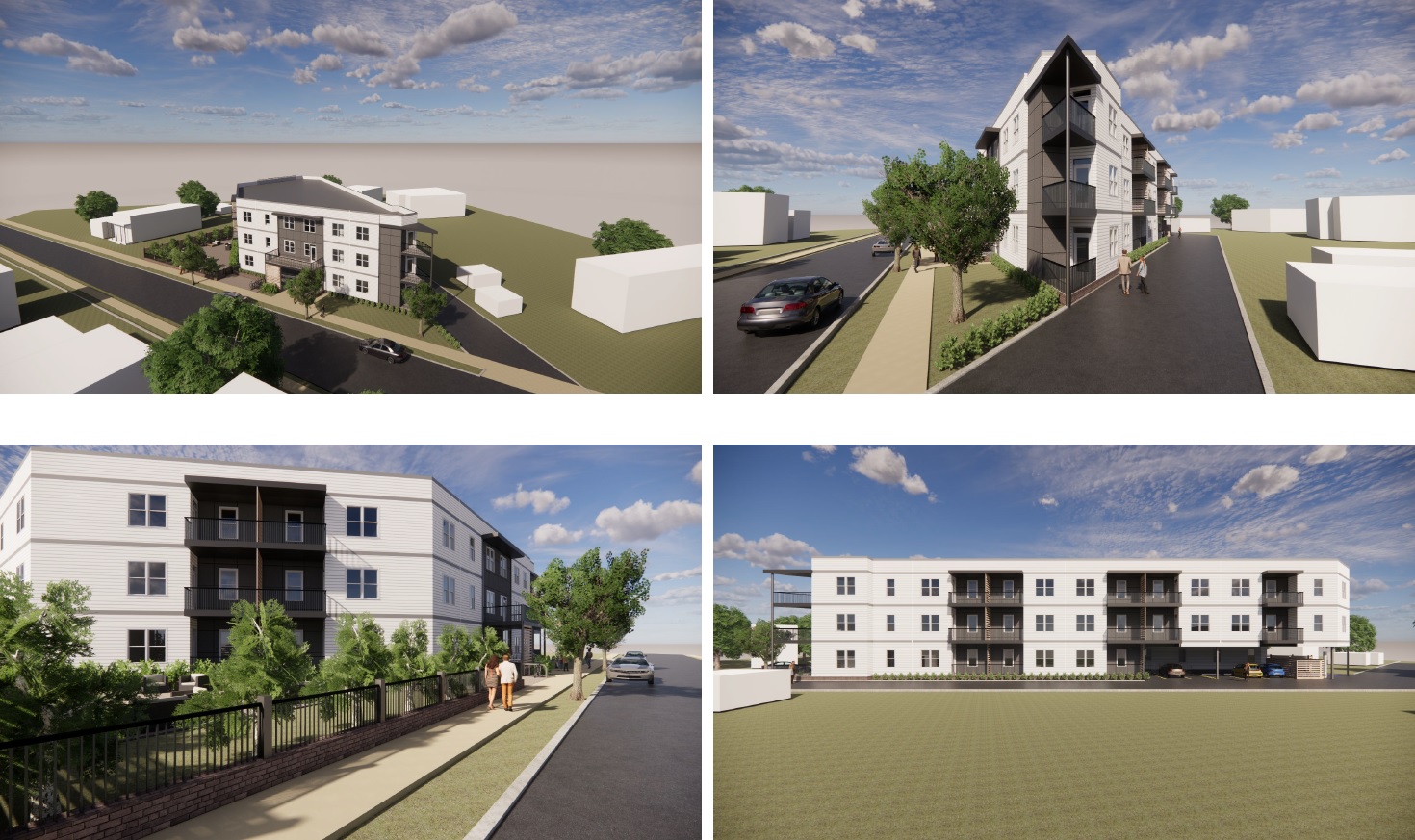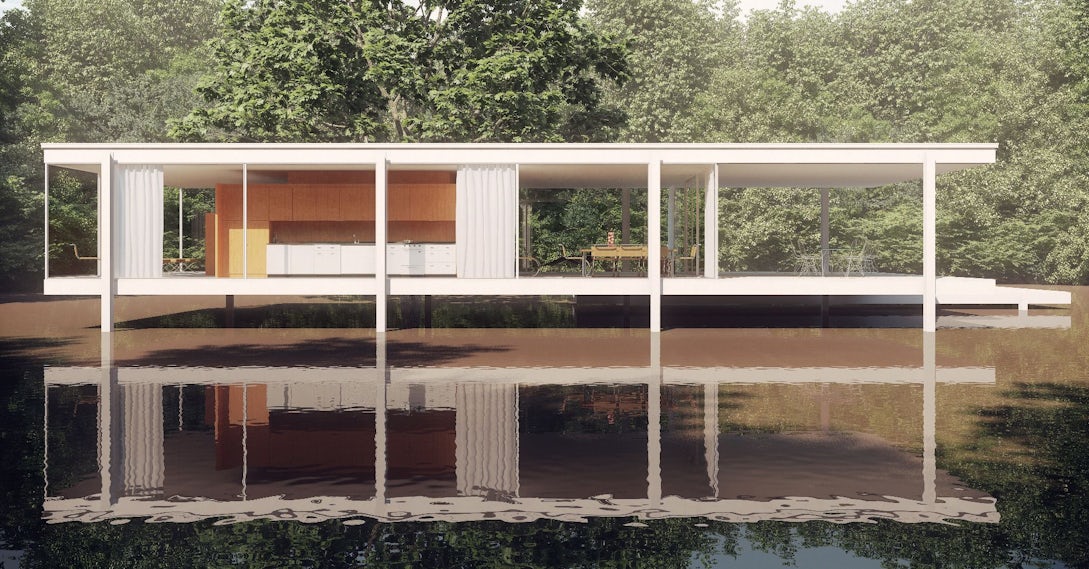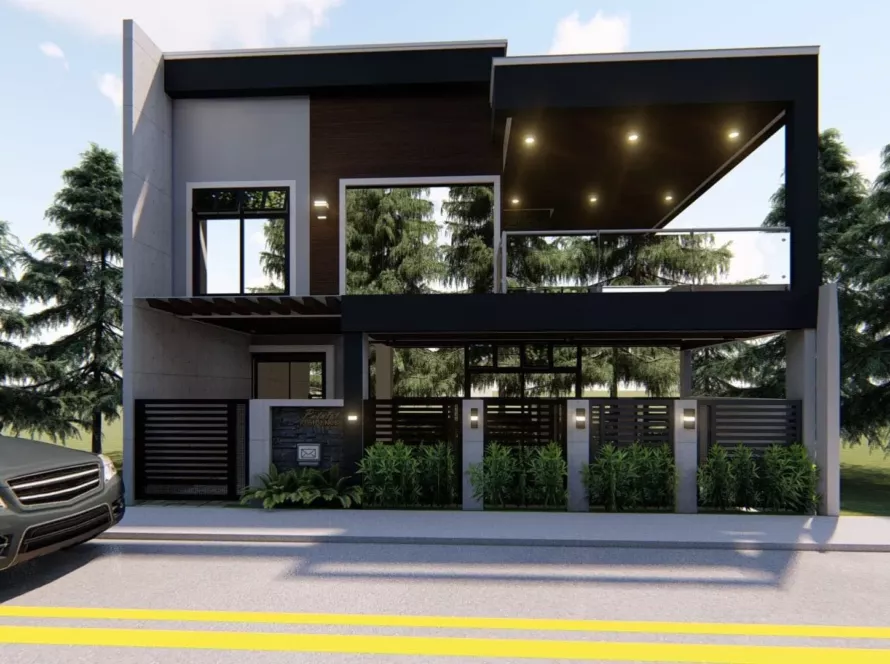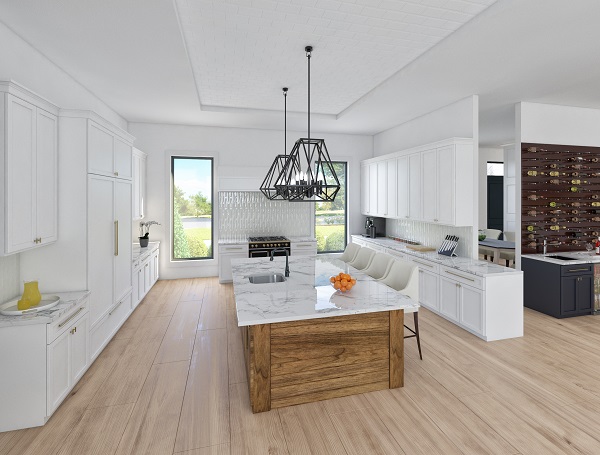When you think of architecture, you likely think of towering skyscrapers or classical designs. But collage rendering architecture is a new type of architecture that is spreading rapidly across the world. What is collage rendering architecture? Simply put, it’s a type of architecture that uses various images, photographs, and illustrations to create a 3D image of a building or space. This allows architects to explore different design options and hone in on specific details that they may not be able to see with traditional methods.
So what does this have to do with marketing? Well, collage rendering architecture can be used to create realistic renderings of products and spaces. This can be useful for marketing purposes, as it can help visualize products in a way that is easy to understand. So if you are looking for an innovative way to present your products or services, consider using collage rendering architecture in your marketing campaigns. It may just give you the edge you need to take your business to the next level!
What is collage rendering architecture?
College rendering architecture is a rendering technique that uses multiple images to create a final image. Each image is composed of a series of layers, which are assembled to create the final image.

The main advantage of using collage rendering is that it achieves high resolution and fidelity by combining multiple images. This allows for more detailed and accurate depictions of objects in the final image. Additionally, since collage rendering is compositional, it can be used to create images that are dynamically changing or interactive.
Overall, collage rendering offers many benefits over traditional rendering techniques, making it an attractive option for projects that require high resolution or flexibility.
How is collage rendering used in marketing?
Collage rendering can be used in a variety of marketing contexts. For example, it can be used to create realistic renderings of products or spaces. This can be useful for visualizing products in a way that is easy to understand. Additionally, collage rendering can be used to create dynamic images that are changing over time. This can be effective in promoting products or services that are evolving or changing over time.
Overall, collage rendering offers several advantages over traditional rendering methods. It is versatile and can achieve high resolution and fidelity. Additionally, it can be used to create dynamic images that are changing over time. This makes it an attractive option for marketing campaigns that require attention to detail or flexibility.
How does collage rendering work?
Collage rendering is a 3D rendering technique that uses multiple layers of images to create a final image. These layers are rendered as if they were one object, allowing the artist to control how each image interacts with the others. This allows for a more realistic final product.

To create a collage rendering, an artist will start by creating a scene in 3D. They will then use software to create mockups of the various layers they want to use in their final product. Once these mockups are created, the artist can begin working on the final product.
The first step is to create a base layer. This layer will be used as the foundation for all of the other layers and should be as close to realistic as possible. After this layer is created, the artist can start adding additional layers. These layers can be anything from textures to full models.
Each additional layer will need to be rendered separately and will interact with the base layer in order to create a realistic end result. The artist can choose how these interactions take place depending on what they want their final product to look like.
Overall, collage rendering is an incredibly powerful tool that allows artists to create incredibly realistic scenes without having to worry about precise details. It is also relatively easy to use which makes it an ideal option for those new to 3D rendering
How to create a realistic collage render?
Collage rendering is a type of 3D rendering that is used for creating realistic images. It is similar to other types of rendering, but instead of using one image to create the illusion of depth, collage renders use multiple images to create the illusion of depth. This process can be time-consuming, but it can also produce high-quality images.
To create a realistic collage render, you first need to gather your images. You can use photos or graphics from websites or applications you work on. After you have collected the images, you will need to organize them into layers. You will then need to create a layout in your software that will show the order in which the layers should be rendered.

Once you have created your layout, it is time to start rendering your images. The software will begin by loading the first layer and rendering it into a 3D space. As each layer is rendered, it will be added to the 3D scene so that the final product looks like a combination of all the layers together.
Where can I find collage rendering software?
There are a number of collage rendering software options available on the market. The most popular products are referred to as “3D collage rendering tools”. These software offer an easy to use interface and allow users to create high quality 3D collages quickly and easily. Some of the more popular 3D collage rendering tools include:
- 123D Catch: This software is marketed towards architects and engineers who need to create quick 3D renderings of models or drawings. It offers a user-friendly interface and allows users to create complex renders quickly.
- Cancel Master: Cancel Master is another popular 3D collage rendering tool that is marketed towards Architects and Engineers. It offers a wide range of features, including the ability to create photorealistic renders.
- RenderMan: RenderMan is another well-known collage rendering tool that is used by artists and designers to create high quality 3D renders. It has a more difficult learning curve than some of the other tools, but it offers greater flexibility and control over the final product.
Conclusion
As an architectural rendering specialist, you know that one of the most important aspects of any rendering is the composition. In this article, we explore how to create great compositions using collage rendering tools in your pipeline. By understanding how these tools work and getting creative with them, you can produce stunning renders that accurately represent your design intent.






